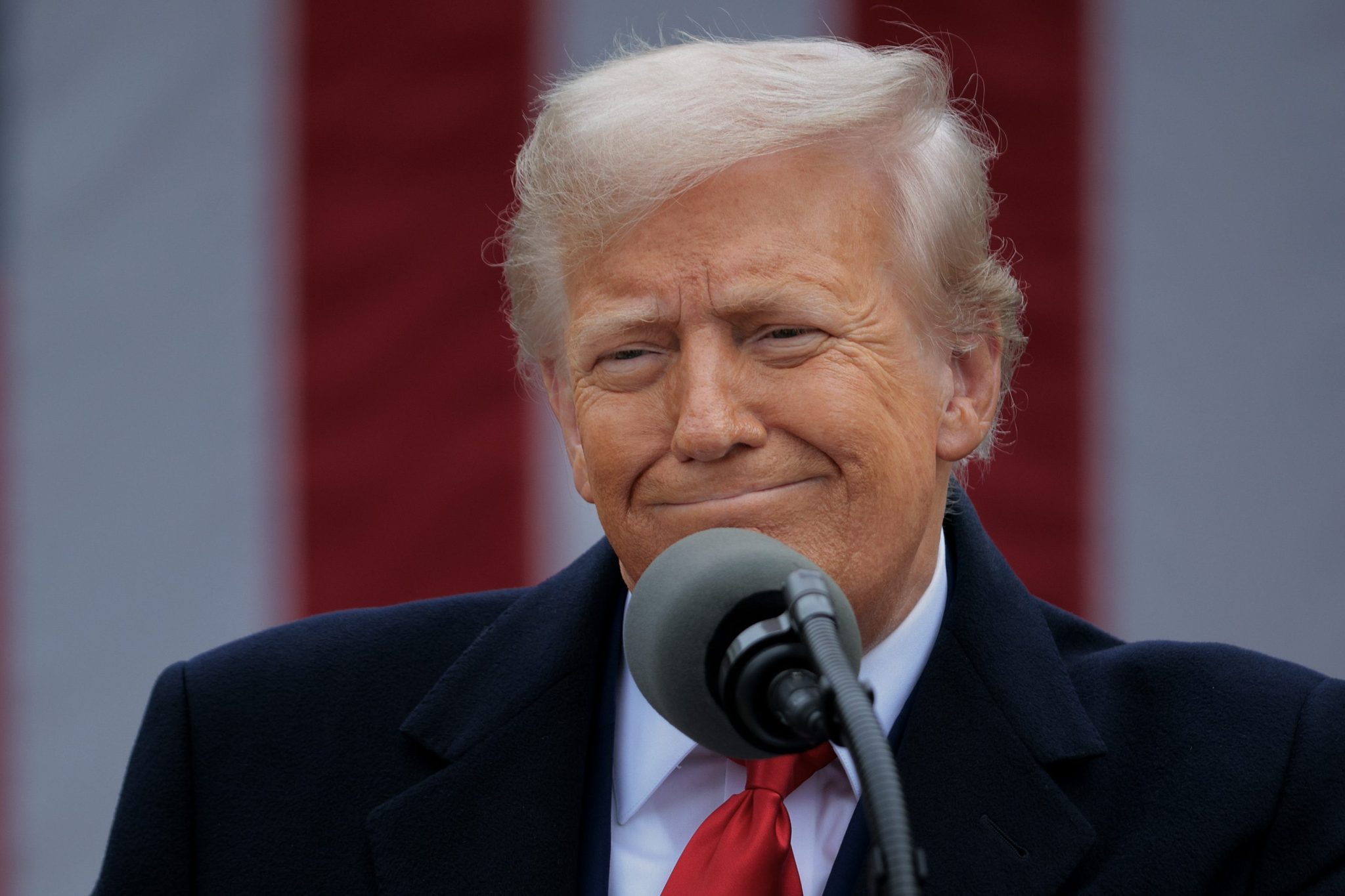All bark, no bite: Trump’s latest trade war turns into another TACO salad for Wall Street


When President Donald Trump made his “Liberation Day” speech on April 2, announcing sweeping tariffs across a range of sectors, markets reacted sharply. Investors feared a replay of the disruptive trade battles of his first term, and stocks dropped as they tried to assess how new levies might ripple through global supply chains.
But six months on, the story looks different. Much of the initial panic has faded, replaced by recognition that the real economic impact of Trump’s tariffs has been softened by carve-outs, negotiated deals, and exemptions. In fact, stocks snapped out of a multi-day losing streak on Friday, reacting almost with disregard to the latest surprise from Trump’s social media account.
Now, as Trump tries to reignite the trade war with an overnight announcement of a slew of tariffs, including a 100% tariff on branded and patented pharmaceuticals and a 50% tariffs on furniture imports, markets are barely reacting.
Michael Browne, global investment strategist at Franklin Templeton, said that the markets regard tariffs as “over.”
“The real level of tariffs is much lower, which is one of the reasons the impact has been muted,” Browne told The Financial Times.
The other reason could be that consumers have proven far more resilient to higher prices than economists once expected.
Pharma scare eases quickly
At first, the news rattled European and Asian drugmakers. Zealand Pharma dropped nearly 3%, Novo Nordisk lost 1.6%, and India’s Sun Pharmaceutical and Divi’s Laboratories fell more than 3% in early trading. The Stoxx 600 Healthcare index swung between gains and losses before closing flat.
Yet European equities as a whole closed higher, underscoring how investors now discount Trump’s tariff announcements.
The pan-European Stoxx 600 finished the day up 0.8%, with the CAC 40 in Paris up 0.97%, the DAX in Frankfurt up 0.87%, and Madrid’s IBEX 35 leading gains with a 1.3% rise.
JPMorgan strategists quickly told clients the pharma tariff was “largely avoidable” for companies that expand U.S. manufacturing.
“We continue to see a very manageable overall impact from tariffs to our large-cap coverage,” the note said, according to CNBC.
The resilience reflects the numerous carveouts from the pharma tariffs. Generics — which account for nine out of ten U.S. prescriptions — are excluded from the new levies. A U.S.–EU trade agreement limits duties on most European drug exports to 15%. And companies actively investing in U.S. manufacturing, such as Eli Lilly, AstraZeneca, Roche, GSK, and Amgen, are exempt as soon as they break ground on new facilities.
Analysts were quick to highlight those caveats.
“Many large-cap biopharmaceutical companies should not be exposed because they are engaged in some sort of U.S. facility construction activity,” Leerink Partners’ David Risinger told BioPharma Dive.
The White House pushed back on the “carve-out” framing, saying these are Section 232 national-security tariffs aimed at reshoring critical manufacturing.
The exemptions for companies “building” U.S. plants are temporary, intended to give firms runway to relocate production without immediately hiking prices, spokesperson Kush Desai told Fortune. He added that the 15% caps on many European (and Japanese) pharma exports reflect broader trade agreements that included “significant concessions that favor the U.S.,” not a softening of the tariff stance.
Resilient consumers
For investors, the reaction was familiar. Initial volatility gave way to a recognition that tariffs rarely land as broadly as advertised.
Imports account for only around 10% of the U.S. economy, giving businesses and consumers room to adjust. Many companies stocked up on goods ahead of deadlines, while others shifted to alternative suppliers.
“It may be that inflation comes through, but there is no sign of that yet,” Browne told Financial Times.
The muted market response also reflects a larger truth: consumers have been much more resilient than most economists expected. Commerce Department data released Thursday showed the U.S. economy grew at a 3.8% annual pace last quarter, its strongest stretch since 2023, powered by robust household spending and business investment.
Economists note that Americans’ willingness to keep shopping, even amid high borrowing costs, has repeatedly surprised forecasters.
As Boston wealth manager Gina Bolvin put it, the real lesson may be that “don’t fight the Fed” has become “don’t fight the U.S. consumer.”
TACO
Markets’ calm also reflects a trade they’ve come to rely on — what analysts call the TACO trade (Trump Always Chickens Out). After April’s “Liberation Day” shock, investors assumed Trump would follow his familiar pattern: issue sweeping tariff threats, then pull back once markets started to wobble. That confidence helped stocks rebound to record highs.
Exemptions have reinforced that bet. The effective average tariff rate has stayed well below headline figures, thanks to carve-outs fand exemptions for companies breaking ground on U.S. plants.
Economists caution that tariffs often take months to ripple through supply chains, so some price pressure could still emerge later this year. But so far, inflation data has remained stable, undercutting predictions that trade policy would deliver a consumer shock.








